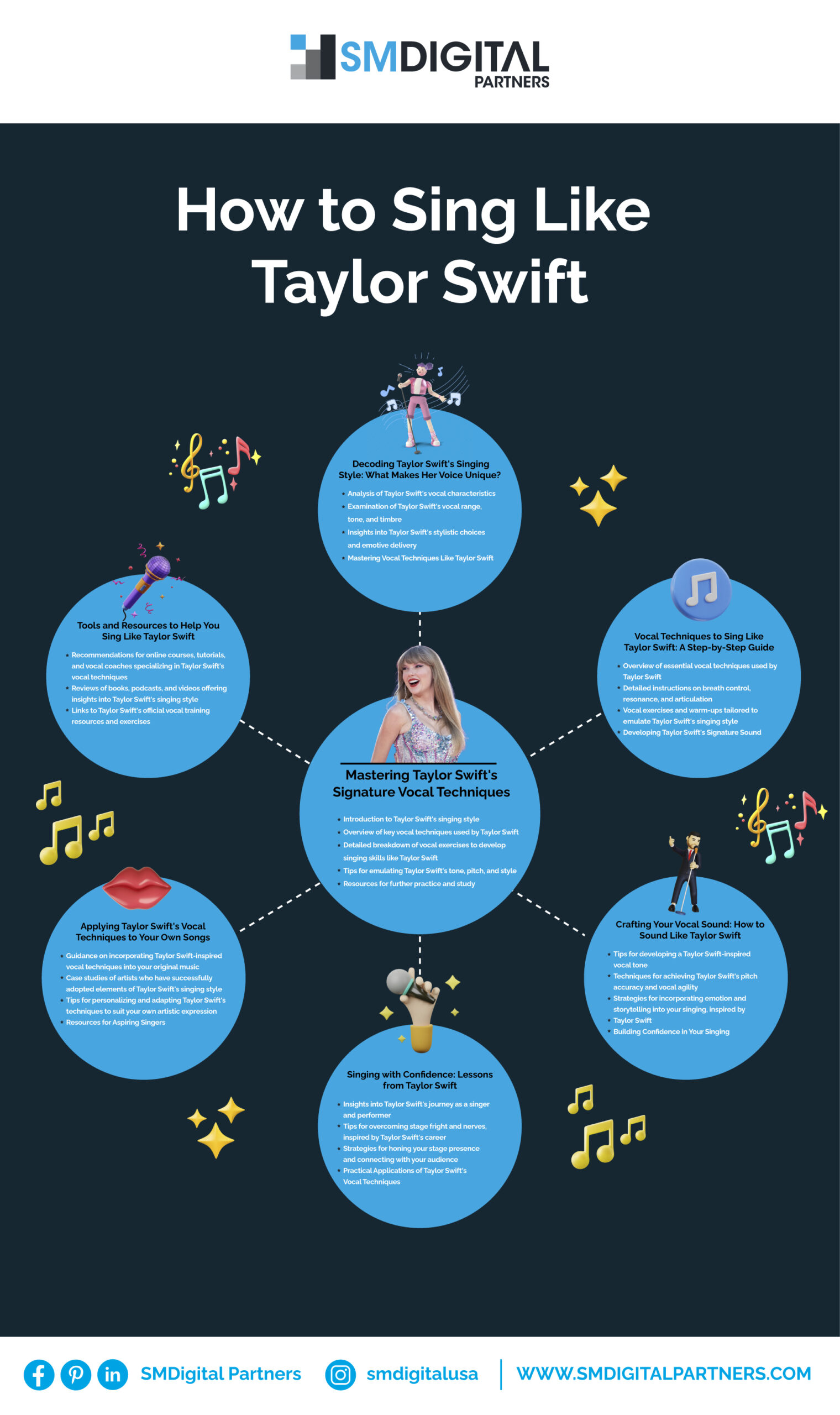Imagine your website as a bustling city, with each webpage serving as a unique neighborhood. Now, picture content clusters as the intricate network of roads connecting these neighborhoods, guiding visitors to their desired destinations while enhancing the overall navigational experience. Welcome to the world of content clusters—a powerful SEO strategy that’s revolutionizing the way websites organize and optimize their content.
In this comprehensive guide, we’ll take you on a journey through the ins and outs of content clusters, from understanding the concept to implementing it effectively on your website. So grab your virtual map and let’s dive in!
What Are Content Clusters?
At its core, a content cluster is a strategic grouping of related content centered around a core topic or pillar page. Think of it as a thematic hub that serves as the focal point for a series of interconnected articles, blog posts, and other content assets. By organizing your content in this manner, you create a cohesive and structured framework that not only improves user experience but also signals to search engines the relevance and authority of your website on a particular topic.
The Anatomy of a Content Cluster
A typical content cluster consists of three key elements:
- Pillar Page: This is the cornerstone of your content cluster, covering a broad topic in-depth and serving as the main point of entry for visitors. Pillar pages are comprehensive guides or resource hubs that provide a high-level overview of a subject, with links to more specific subtopics or related content.
- Supporting Articles: These are the supporting articles or blog posts that delve deeper into specific aspects or subtopics related to the pillar page. Each cluster content piece should be optimized for relevant keywords and seamlessly interlinked with other content within the cluster.
- Internal Linking: The glue that holds your content cluster together, internal linking helps establish a hierarchical structure within your website and facilitates navigation between related pages. By strategically linking between pillar pages and cluster content, you create a web of interconnectedness that enhances both user experience and SEO performance.
Let’s Break It Down with an Example: How to Sing Like Taylor Swift
If we wanted to rank on Google for “How to Sing Like Taylor Swift” we would begin by building a topic cluster structure that facilitates the organization of content around that central theme. The process involves creating a pillar page that serves as a comprehensive guide on a broad topic, supported by multiple related subtopics or cluster topics. The pillar page acts as a hub, offering an overview of Taylor Swift’s singing style and key vocal techniques, while the cluster topics delve deeper into specific aspects, such as understanding her vocal style, mastering vocal techniques, developing a signature sound, building confidence in singing, and applying her techniques to original songs. Each cluster topic is interconnected, creating a network of relevant content that signals to search engines the depth and breadth of expertise on the subject.

By strategically linking the pillar page to the cluster topics and vice versa, website owners can optimize their content for search engines and provide a seamless user experience. As visitors navigate through the content, they are guided along a structured path that caters to their interests and inquiries. Additionally, incorporating internal links between related pages strengthens the website’s authority and relevance in search engine results. Overall, the process of building pillar pages and cluster topics enhances the organization, visibility, and discoverability of content, ultimately driving traffic and engagement to the website.
Why Content Clusters Matter for SEO
Content clusters offer a myriad of benefits for SEO, including:
- Improved Relevance: By grouping related content together, you create a cohesive and comprehensive resource that signals to search engines the topical relevance of your website.
- Enhanced Authority: As users engage with multiple pieces of content within a cluster, search engines recognize your website as a trusted source of information on a particular topic, thereby boosting your authority and credibility.
- Better User Experience: Content clusters make it easier for visitors to navigate your website and find the information they’re looking for, resulting in lower bounce rates and higher engagement metrics.
- Increased Organic Visibility: By optimizing your pillar pages and cluster content for relevant keywords, you can improve your website’s organic visibility and attract more targeted traffic from search engines.
How to Create an Effective Content Cluster Strategy
Ready to harness the power of content clusters for your website? Here are some steps to get you started:
- Identify Core Topics: Begin by identifying broad topics or themes that are relevant to your audience and aligned with your business objectives.
- Create Pillar Pages: Develop comprehensive pillar pages that cover each core topic in-depth, providing a high-level overview and linking to relevant cluster content.
- Brainstorm Cluster Content: Brainstorm ideas for cluster content that delve deeper into specific subtopics or aspects related to each pillar page.
- Optimize for SEO: Conduct keyword research to identify relevant keywords and optimize your pillar pages and cluster content accordingly.
- Implement Internal Linking: Use internal linking to connect your pillar pages with cluster content and create a cohesive network of interconnected pages.
- Monitor and Iterate: Keep track of your content cluster performance using tools like Google Analytics and Search Console, and make adjustments as needed to optimize your strategy over time.







